My growing interest and readings in the history and sociology of Malaysia has got me thinking. There is very little
help from reference sources on the net in the matter that which I am going to
write below. I bear full responsibility
for the essay content which is mainly a result of analytical thinking on my
part based on known history and my own readings....may not be what kids are learning in schools today though.
Let me begin by stating that almost all of the pekans
(little towns) and the major towns and cities in West Malaysia of today
particularly in the west coast were started by the Chinese immigrants to
Malaya. They may or may not have existed before the influx of the Chinese into Malaya in the 1790's. The much earlier and also much smaller Chinese immigration to Melaka in the 15th century is not the subject of this discussion.
The Great Famine in South China in the early 19th
century drove many young Chinese to leave the country and to come to Tanah Melayu in droves by sailing in junks, which were all wind-powered. Another reason was their involvement in the
triads (secret societies) and for being hounded by the Manchus.
Many Chinese and Malaysians in the country also do not realize that the
Chinese were forbidden by the Chin Dynasty emperor from leaving China and those
who left were considered to be ‘traitors’, and should they return, they would
be arrested and hanged.
Surprisingly, an interesting aspect of this episode on the Chinese immigration to
Tanah Melayu was the role played by the Melayu hosts, who welcome the Chinese
who comprised mostly of the young and confused and sickly, which has seldom
been acknowledged before. Without Melayu support for them, most of them would
not have survived a week living in Tanah Melayu.
The only provision
available for the Chinese to leave China then was for them to not return, ever;
and that they should abide by the laws of the countries they are in and for
them to follow the local ways and adopt their lifestyles and languages. This was what the earlier Chinese Babas and
Nyonyas had done when they embraced Melayu cultures and lifestyles without
losing their own peculiar identity, so much so that they stopped speaking in
Chinese especially Hokkien. This Chinese exodus also affected Indonesia and Thailand.
Empty land was
plentiful in Malaya and the Chinese immigrants slowly settled in such places and grew vegetables
and did animal husbandry initially. The locations or remoteness did not
matter
too much as the better ones had long been taken up by the Malays and other
denizens of the Malay archipelago who had migrated here much earlier and now
lived in their own villages with local chieftains who paid homage to the ruling
sultan.
The discovery of
tin was a major booster to the Chinese community. Settlements now began to grow around mining areas
and mostly populated by the Chinese. As
the numbers grew specialization of trade took place. Coffee shops, sundry shops, hardware shops, tailors,
barbers, opium dens, funeral homes and even brothels grew and under the protection of various
triads. The ones that grew and became big were called towns and the smaller and
possibly more remote ones were called pekans. If you happen to see a Chinese graveyard anywhere in Malaya like at Bangi etc. remember that the Chinese had been mining there.
Examples of the
towns / bandars that “litter” the west coast from north to south are Alor
Setar, Sg. Petani, Kulim, Gopeng, Taiping, Ipoh, Tapah, Slim River, Tg. Malaim,
Rawang, Kuala Lumpur, Kajang, Seremban, Tampin, Ayer Hitam, Labis,
Segamat, Yong Peng, Kulai, Pulai and so
on. Examples of pekans which is the name for smaller towns with one main road with shops on both sides) would be Slim River, Kepong, Puchong, Sg. Besi, Mantin, Beranang, Broga, Lenggeng, Siliau,
Rantau, Kepong and so on.
With British
intervention after several requests from the Malay sultans a much better social order and control prevailed at the Chinese settlements. The British just identified the leading thus in the community and made him the chief with the title of Kapitan China to lord over the Chinese settlement and collect taxes for them and the sultans. Meanwhile, the British intervention in the Malay states also saw
the rubber potential it is well-known how they started the rubber plantation industry mainly with
the imported indentured laborers from India to man them.
This was because the Malays and the Chinese preferred their own life-styles at the kampongs and the pekans and mining towns. In short, they were not exactly too willing to
do the work of clearing large tracts of jungles, forests and planting rubber there. Malaria was also a very common killer disease
then and many Indians succumbed to this disease.
To transport tin
and rubber the British went on to build roads and the railroads by merely “ joining the
dots” from north to south which was all the Chinese settlements from Alor Star to Johor Baru. These former Chinese settlements / pekans had also begun to grow and prosper. A typical
pekan would have Chinese rubber dealers who collected rubber products (sheets
and scrap) from the small holders around the town (Malays and Chinese). Then
there were Indian barbers, Chinese run hardware and sundry shops selling things like knives and hoes (cangkuls), pails and so on. Assorted
Chinese makan shops too emerged and we must not forget the ubiquitous Malabari Indian
Muslim shop which primarily appeared to serve the Muslims who lived around the
pekans.
The same story
existed in the bigger towns which besides the aforesaid had more extended
businesses and establishments including smoking dens, toddy shops, brothels,
petrol stations, cinemas, groceries including Indian, bicycle shops, book shops
and so on so forth. Places of worship
too were built for all faiths and of
course these towns also became administrative centres for the British to
house the police and other civil service departments which had been set up besides offices and power stations for the various utility boards and so on.
So the next time you see a Chinese graveyard somewhere you least expect it or a Hindu temple in the middle of nowhere remember that they are tell-tale signs of the earlier Chinese and Indians who had been there. Also remember that the Chinese were there whenever you see a small or big lake in Malaya even a lake garden....they were once tin mining pools and man-made.
End of story











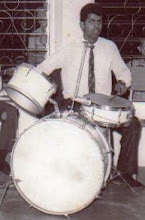




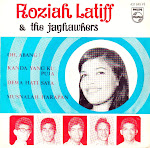








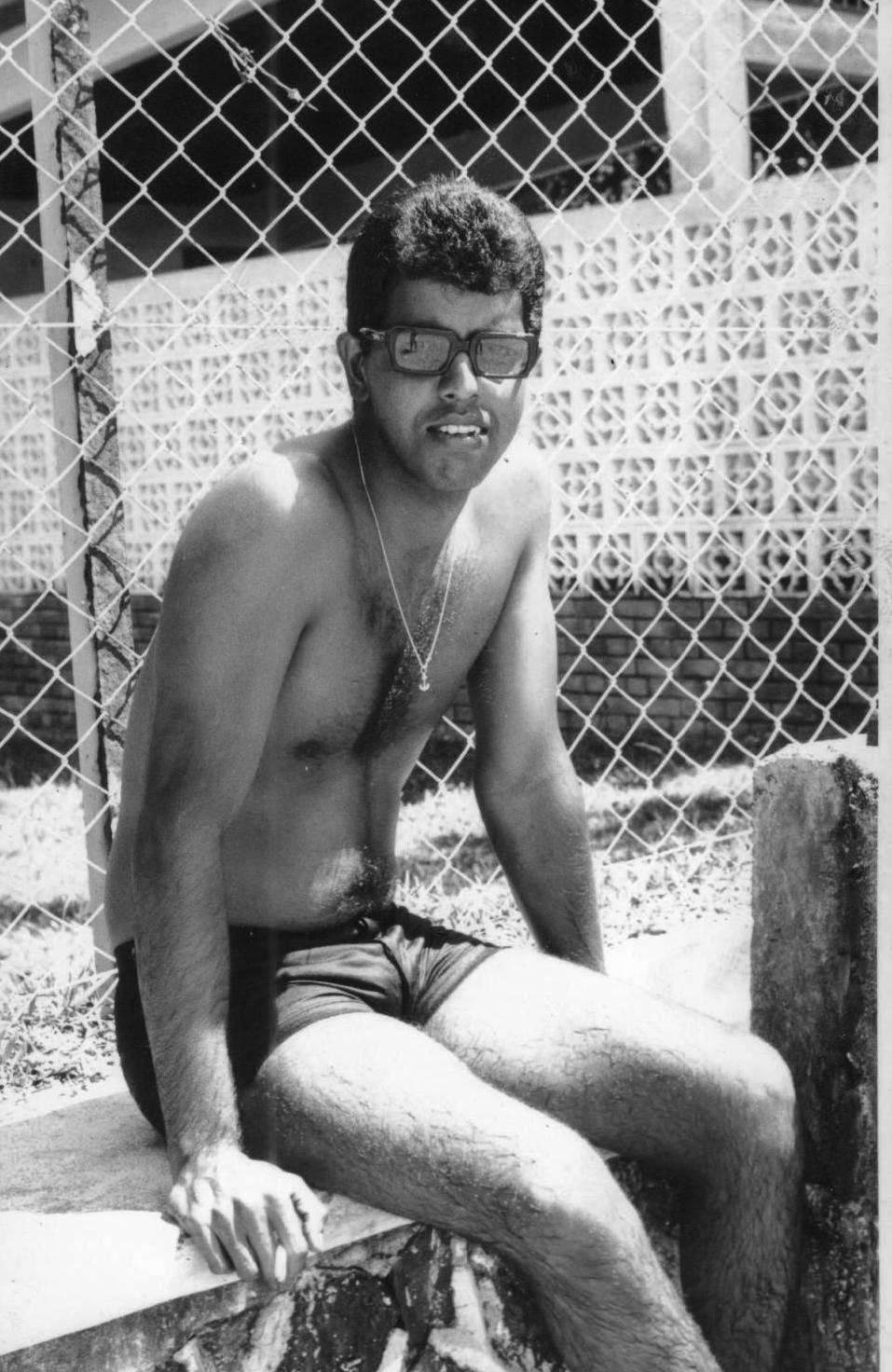



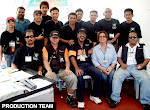


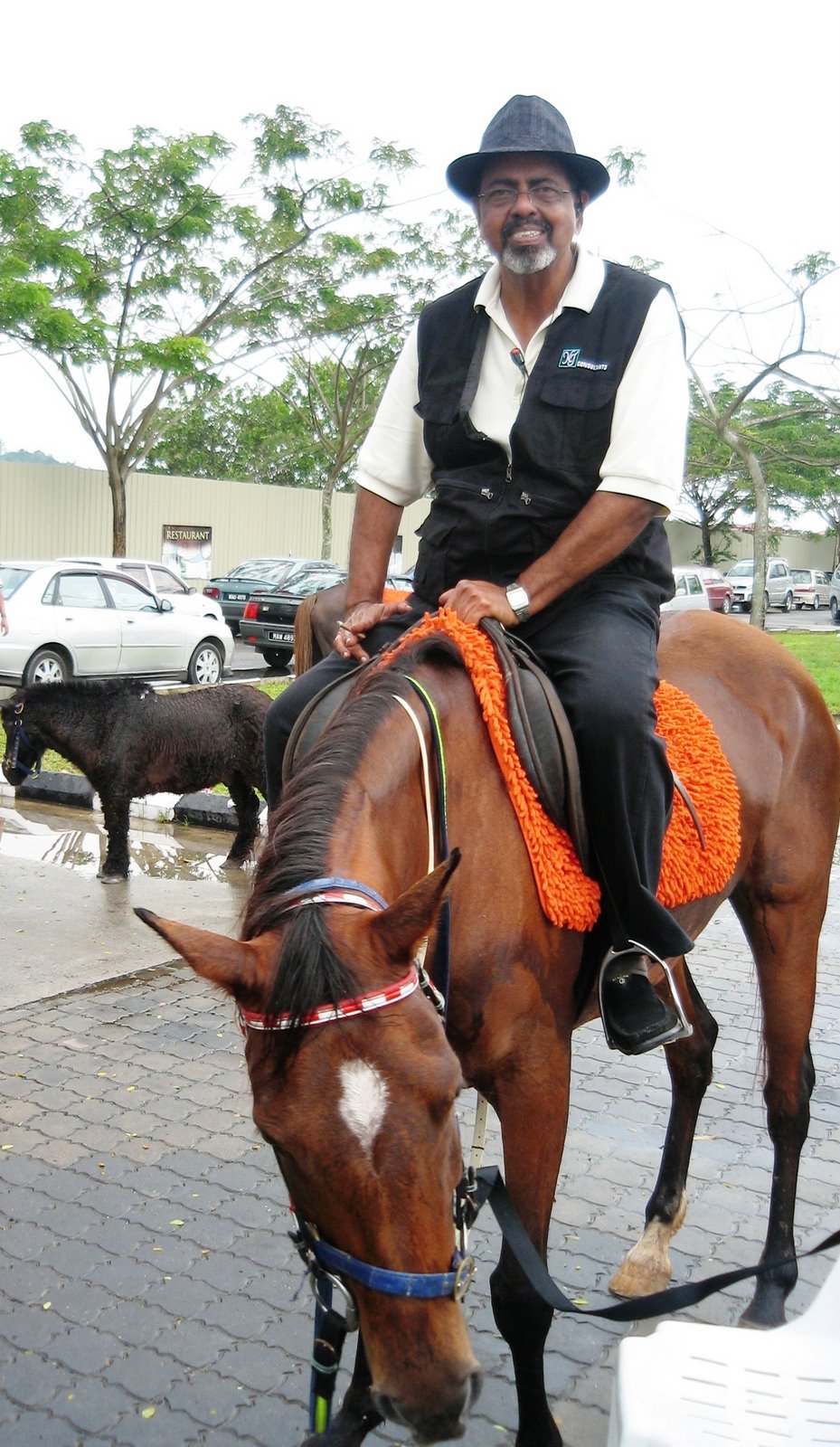







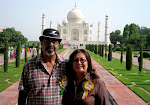



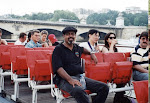

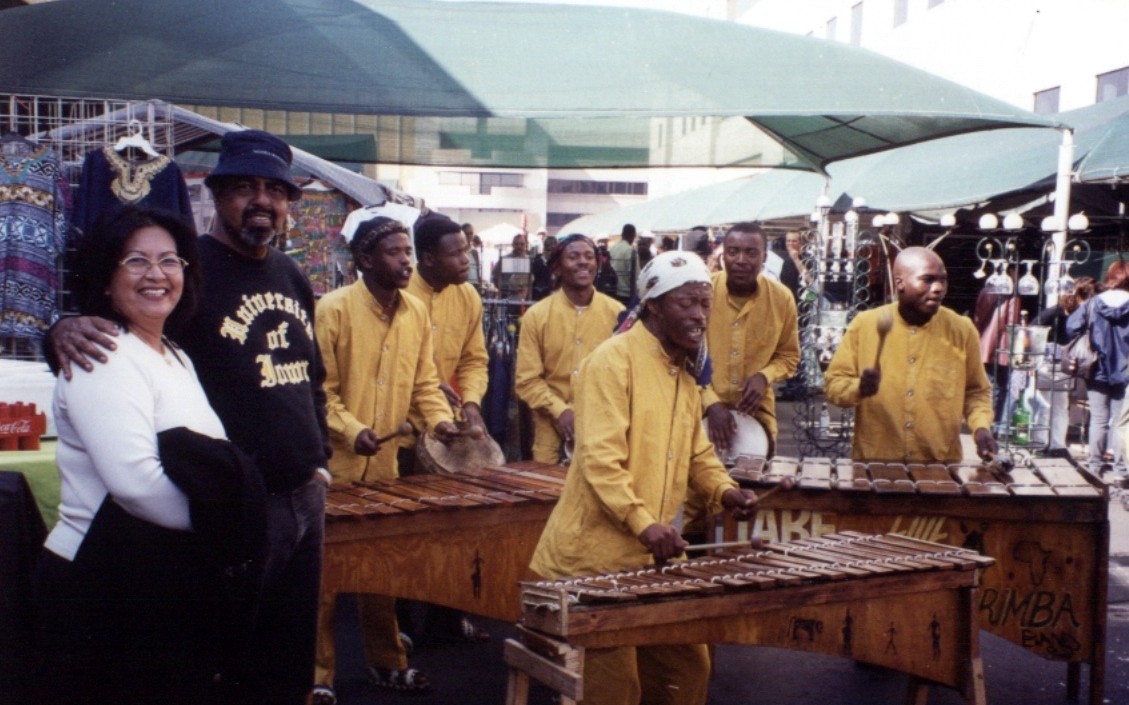

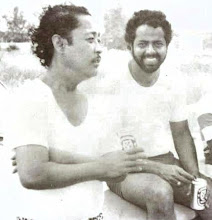
No comments:
Post a Comment